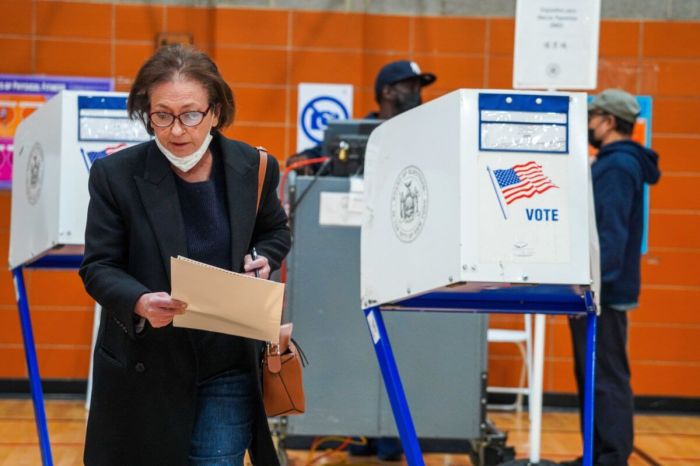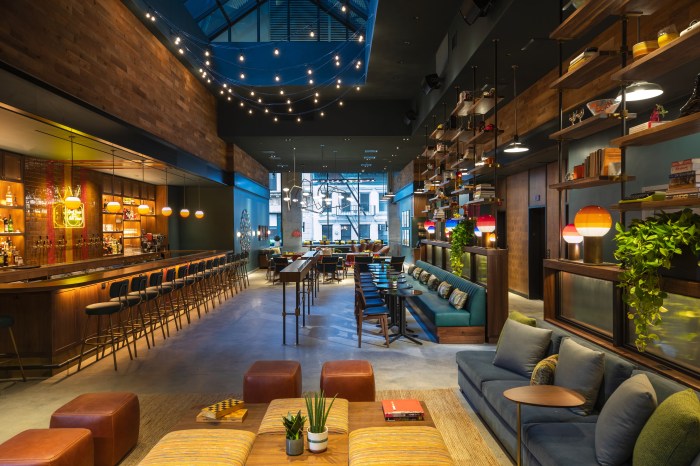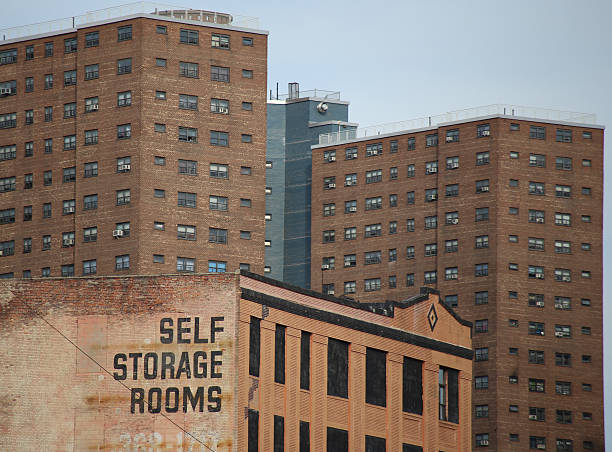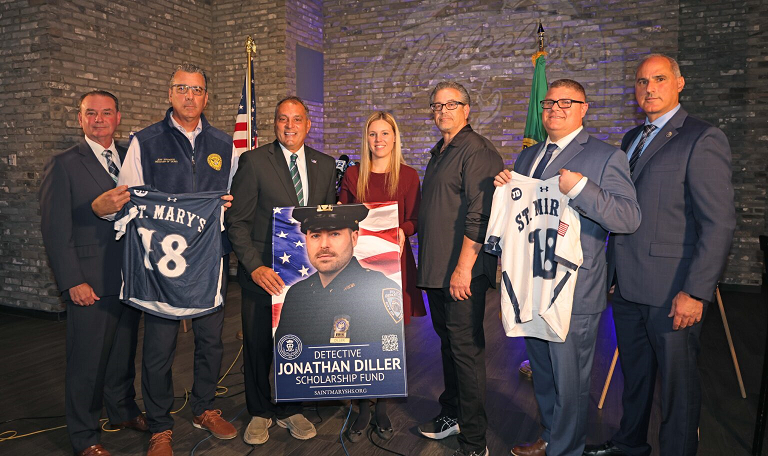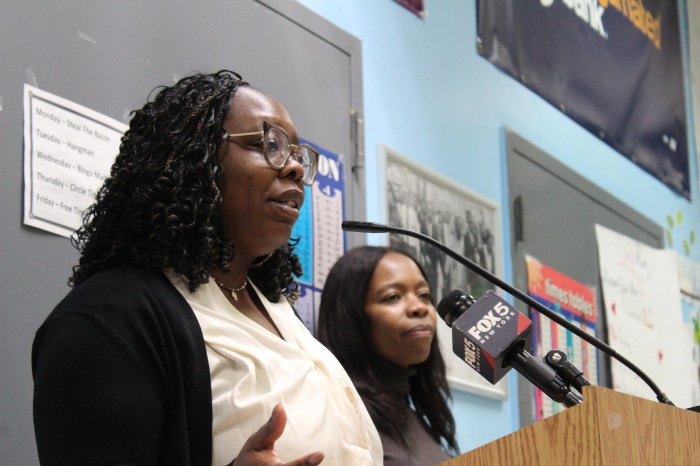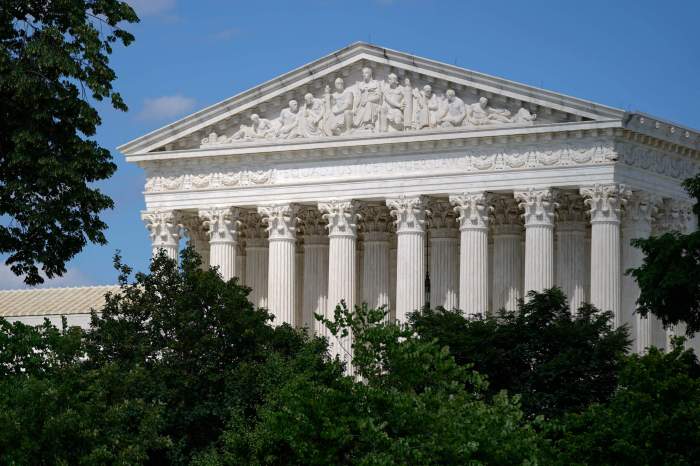
Not too long ago MTA officials were upset over a 2008 federal law ordering railroads such as Metro-North and the Long Island Rail Road to install a high-tech system that would automatically stop runaway trains.
They said the expense — around $900 million — would gobble up money better spent on big-ticket public-transit expansion projects. They said the commuter railroads already had strong safety systems.
Now everything has changed.
Any plausible argument against the fail-safe system — called Positive Train Control — vanished Sunday morning as Metro-North’s 5:54 out of Poughkeepsie blasted into a dangerous curve near Spuyten Duyvil at 82 miles per hour and derailed.
National Transportation Safety Board member Earl Weener said Tuesday the system “could have prevented” the tragedy. And the MTA has a new attitude.
After once seeking waivers from the 2015 federal deadline, the agency said Tuesday that it’s struggling to get the system into place by then. It promises to move ahead as aggressively as possible — which is reassuring.
PTC uses global positioning satellites and transponders to track trains and override the controls when perilous situations arise. It could have made all the difference in the world on Sunday.
William Rockefeller — the engineer on Sunday’s train — reportedly dozed off at the controls as the train barreled down the Hudson River straightaway. The speed limit approaching the curve is 30 mph.
PTC probably would have caught that problem in time to bring the train to a halt. Rockefeller tried to close the throttle and slam on the brakes, NTSB officials said, but he acted too late to avoid a derailment.
The MTA now embraces PTC, but the authority still has concerns such systems are unproven for commuter railroads the size of Metro-North and LIRR. Whatever its qualms, the MTA needs to push ahead as fast as possible.
It’s a matter of life and death.




